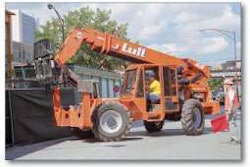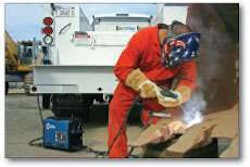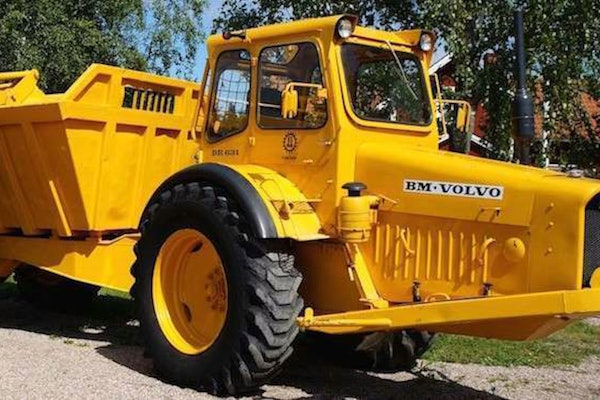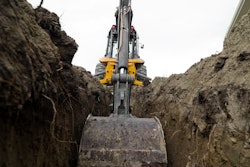Things you can’t see can hurt you
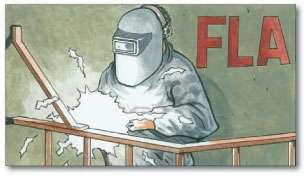
The bottom line: Sparks from welding and cutting can travel up to 35 feet in a horizontal or vertical direction from the work area, and even greater distances when falling. The workers involved in this accident failed to take proper steps to keep sparks away from vapors created by a combustible material.
Realize the risk
Welding and plasma cutting create a variety of hot material such as sparks, slag and molten metal. Sparks are particularly dangerous, because not only do they travel great distances, they can also travel through small openings and become lodged. Worksites often include a range of combustible materials such as clothing, paper and chemicals, as well as flammable materials such as liquids, vapors, gases and dust. Anyone who welds should follow fire and explosion prevention procedures to the letter. A hot work or confined entry permit may also be required.
Proper prep
If possible, stay away from combustible materials entirely. Remove either the materials from the work area, or the work area from the materials.
If removing the material is impossible, special precautions are required. Enclose the work area with fire resistant screens, and cover all doors, windows and cracks with fire resistant material. Protect the combustible material with fire resistant covers. Ensure the material you’re welding does not have a combustible coating or material that can produce toxic or flammable vapors.
Check the atmosphere itself within the work area. Avoid welding or cutting when reactive or flammable gases, vapors, liquids or dust are present. Make sure the work area is adequately ventilated to keep gases and vapors from accumulating. Keep fire extinguishing equipment on hand during the welding process.
Smart follow-up
Once finished, check the area for hot or smoldering material, which can ignite later. If needed, have a firewatcher in the area for a half hour after the job is complete. Carefully dispose of hot slag to avoid contact with combustible material. EW
Information for this Safety Watch came from an accident report, the American Welding Society, OSHA, the National Fire Protection Association and the American National Standards Institute. It is meant for general information only. To order safety materials, visit www.aws.org. Many manufacturers also have comprehensive safety resources and training available.

